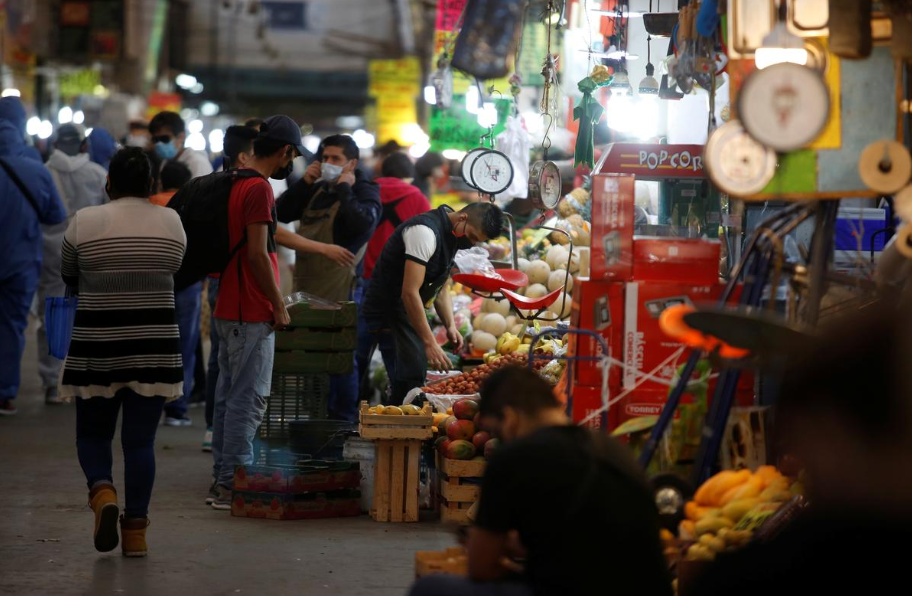Every day, thousands of Mexicans crowd a massive food market that is a linchpin of the capital’s food supply, though it sits at the heart of a major hotspot for the virus.
Mexico City’s sprawling Central de Abasto market, stretching across an area equivalent to about 327 football pitches, poses a major headache for officials trying to keep food supplies flowing without magnifying the spread of the coronavirus.
It is a daunting task in a market known to attract about a half a million people a day in normal times, according to figures . . .






